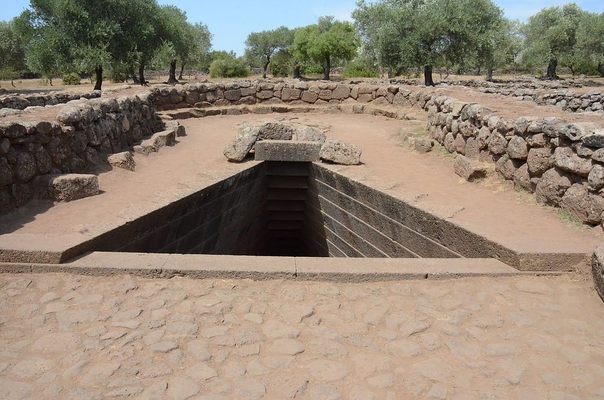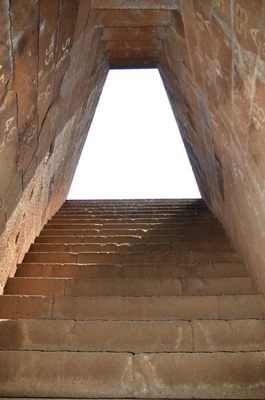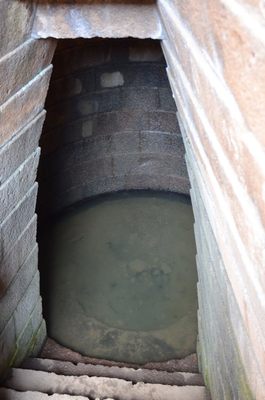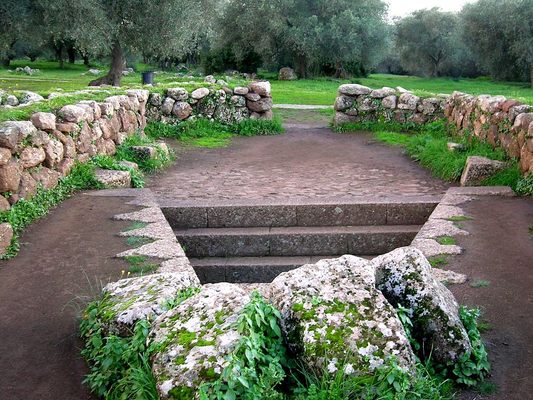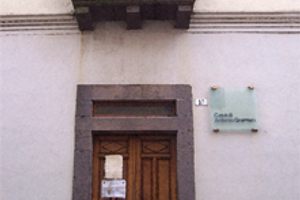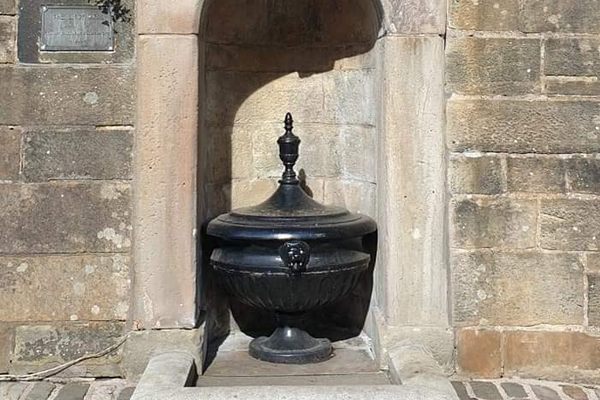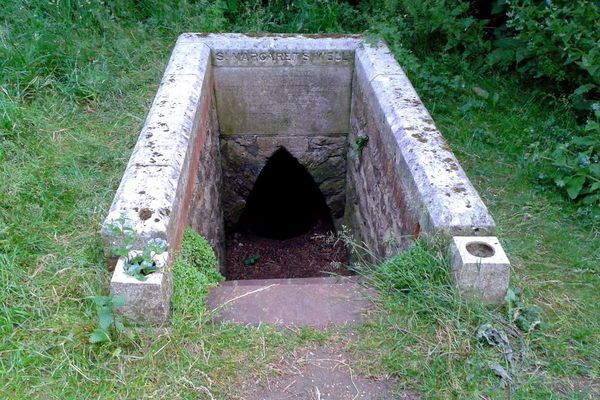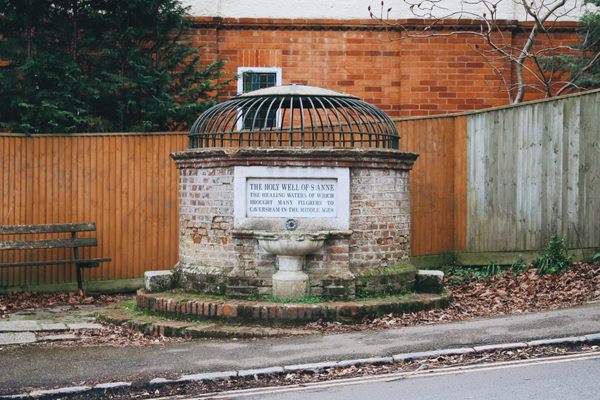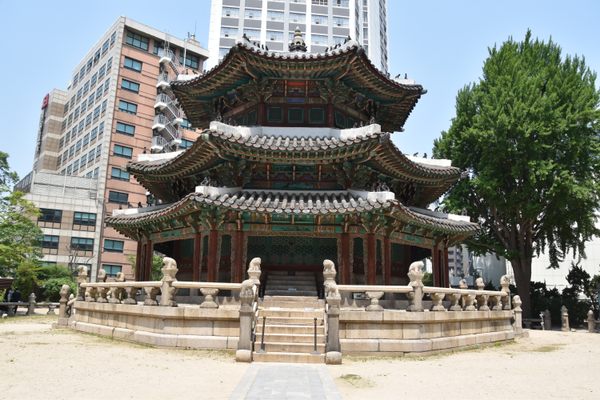About
The Well of Santa Cristina isn't really a well in the traditional sense, and it has nothing to do with Santa Cristina, other than its proximity to a country church dedicated to her in the 1200s. You have to cut the person who came up with the name some slack, though, because what the structure actually is — or was — isn't easily summed up in a pithy moniker.
The well is part of a shrine complex built in the 12th or 11th century BCE by the Nuragic civilization, and is in fact one of the most important remaining Nuragic sites. The Nuragic civilization lived in Sardinia from the 18th century BCE to the 2nd century CE, and though they were remarkably skilled masons whose impressive stone structures still stand, they did not leave behind any written record. So while it is contextually clear that the area around the Well of Santa Cristina was a sacred site complete with a meeting hut and lodgings, the beliefs associated with the site and the rituals that would have taken place there remain unclear.
What is clear is that the site was centered around the well, which would have been the focal point of the shrine. The well is composed of an elliptical enclosure surrounding a trapezium-shaped opening in the ground, with stairs leading down to a circular, domed subterranean chamber that housed the spring. The Nuragic religion seems to have involved a lot of symbolic representations of fertility, and included a cult of water that invoked the various feminine aspects of the divine.
The well is oriented so that sunlight shines upon the water on the equinoxes, and moonlight shines upon the water at the maximum declination of the moon, which occurs every 18 years and 6 months. The stonework in the steps and the walls of the well entrance still showcase the smooth, perfectly squared stonework typical of Nuragic structures. Nearby there are also the remains of a nuraghe, the characteristic conical stone fortresses that gave the civilization their name. Visitors to the site are allowed to go inside the well and imagine what kind of intense ancient rituals must have gone down there.
Related Tags
Flavors of Italy: Roman Carbonara, Florentine Steak & Venetian Cocktails
Savor local cuisine across Rome, Florence & Venice.
Book NowPublished
March 14, 2016
Sources
- http://www.sardegnaturismo.it/en/point-of-interest/santa-cristina-area
- http://www.ciaosardinia.com/eng/sardinia/what-to-do/culture/nuraghi-and-archaeology/sacred-wells/paulilatino/santa-cristina-sacred-well
- http://www.utaot.com/2012/11/19/nuragic-sanctuary-of-santa-cristina/
- http://www.sardegnadigitallibrary.it/documenti/17_59_20080723150810.pdf
- https://en.wikipedia.org/wiki/Paulilatino
- https://en.wikipedia.org/wiki/Nuragic_civilization#Holy_wells

